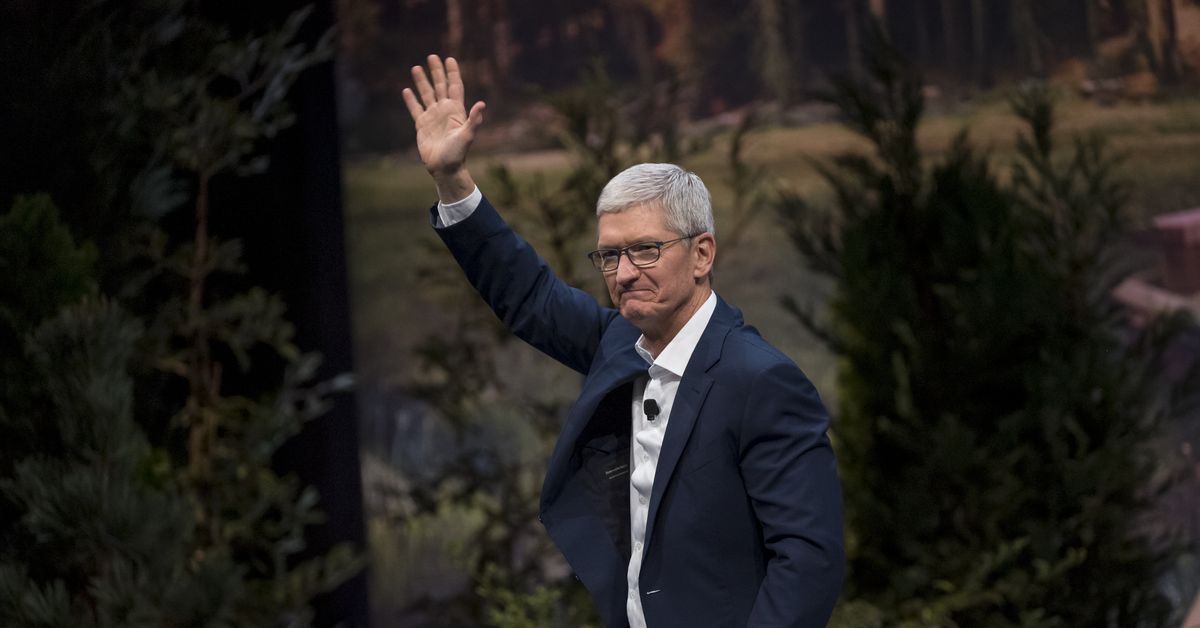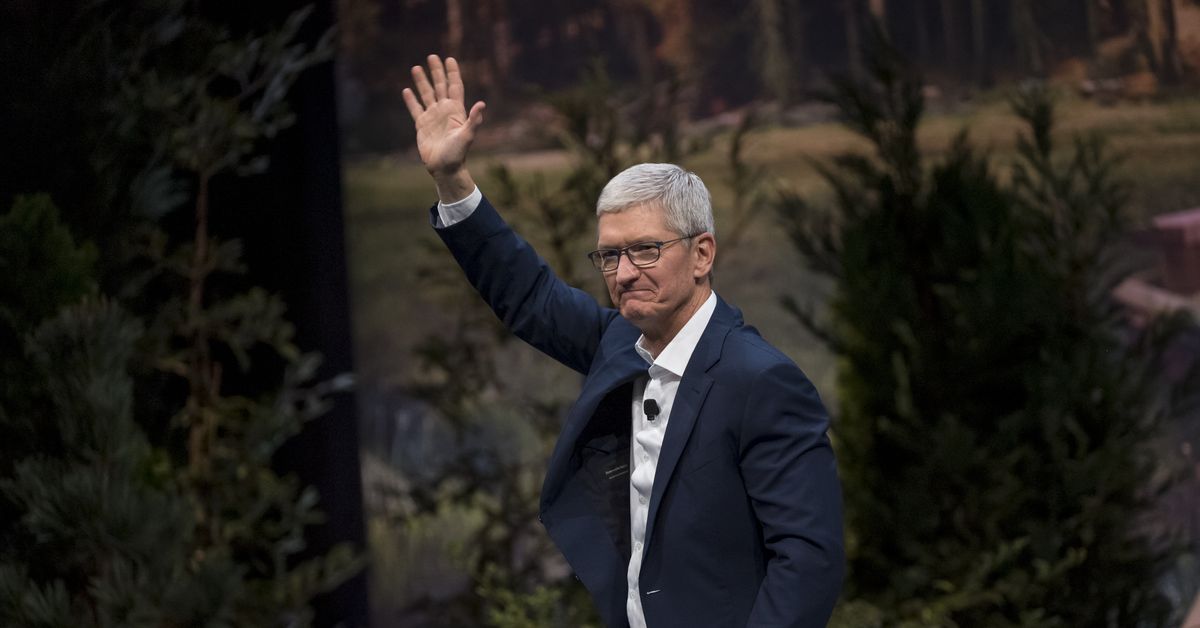
Much has been said and written over the years about the post-Steve Jobs era of Apple and whether CEO Tim Cook’s operations-heavy approach to running the iPhone maker has proved more or less successful than Jobs’ at times cutthroat dealmaking and his obsessive, detail-oriented product development.
It’s hard to argue now that Cook hasn’t taken Apple to all-new heights — the company is more valuable than it’s ever been, and the wondrous success of the iPhone over the last decade has allowed Apple to build hugely successful secondary businesses around the Apple Watch, AirPods, the iPad, and much more. But how exactly Cook, a logistics expert with deep ties to Asia and a much more measured temperament than his former boss, pulled this off is still a topic of debate — and the focus of a great new Businessweek story from Bloomberg’s Mark Gurman and Austin Carr.
In “Apple Is the $2.3 Trillion Fortress That Tim Cook Built,” Gurman and Carr recount how Cook managed the tricky balancing act of keeping Apple a thriving business throughout the aggressively anti-China Trump presidency and amid the ongoing coronavirus pandemic. The piece also raises the important question of how Cook will manage Apple under a Democratic president and within a much more adversarial regulatory environment.
It’s a great examination of Cook’s leadership style and one we don’t often hear about, as Apple still goes to great lengths to keep the conversation surrounding the company focused on new products. There are great anecdotes about Cook’s relationship with Foxconn founder Terry Gou, a relationship instrumental to Apple’s unprecedented overseas manufacturing ambitions that transformed the company into what it is today, and Cook’s masterful handling of the Trump White House and the former president’s obsession with optics. Go read the story from Bloomberg here.
